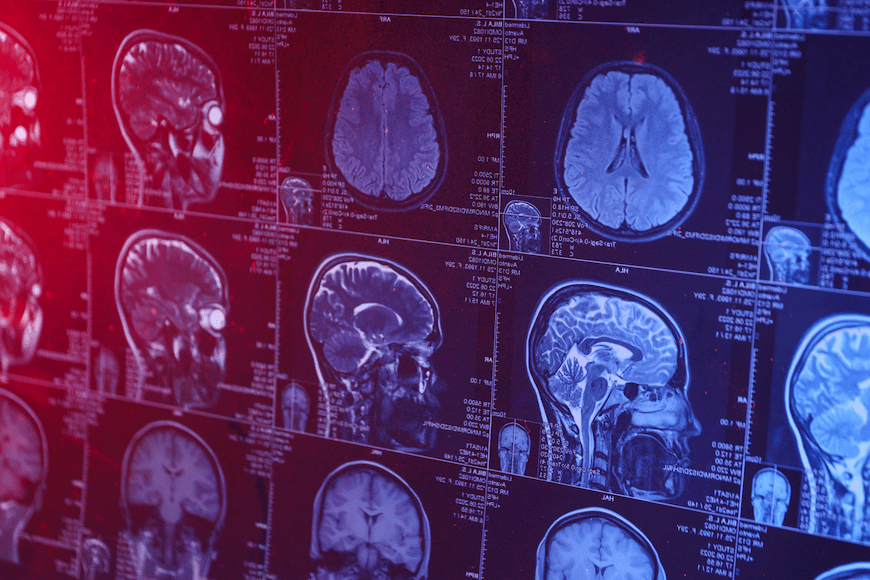Despite its prevalence – at least 1 million Americans are living with Parkinson’s disease today – there’s still so much we don’t know about the second-most common neurodegenerative disease.
But a team of British, German, and Italian researchers has announced that they’ve discovered a way to predict the disease years ahead of time. It’s a claim that could revolutionize prevention and treatment.
“At present, we are shutting the stable door after the horse has bolted and we need to start experimental treatments before patients develop symptoms,” the study’s senior author, Professor Kevin Mills at UCL Great Ormond Street Institute of Child Health, explained. “Therefore, we set out to use state-of-the-art technology to find new and better biomarkers for Parkinson’s disease and develop them into a test that we can translate into any large NHS laboratory. With sufficient funding, we hope that this may be possible within two years.”
Methodology
The paper, which appeared in Nature Communications, documents the team’s efforts to use machine learning to examine “a panel of eight blood-based biomarkers.” The algorithm analyzed the samples, which appear altered in Parkinson’s patients, and diagnosed the disorder with 100 percent accuracy.
The team then took it a step further in a bid to find out whether the AI could predict someone’s probability of developing Parkinson’s. They did this by examining the blood from 72 patients with Rapid Eye Movement Behaviour Disorder (iRBD).
Previous research found that between 75 percent and 80 percent of people with iRBD will go on to develop a synucleinopathy (a type of brain disorder caused by the abnormal buildup of a protein called alpha-synuclein in brain cells). That includes Parkinson’s.
When the machine learning tool analyzed the blood of these patients it identified that 79% of the iRBD patients had the same profile as a Parkinson’s patient.
The researchers then tracked the patients for a decade. And they discovered that the AI predictions have matched the clinical conversion rate. All told, the team correctly predicted 16 patients who later developed Parkinson’s. Notably, they could do it “up to seven years before the onset of any symptoms.”
Following Up
But they haven’t finished their work. The researchers are still following the Parkinson’s patients from their study to affirm the test’s continued accuracy.
“By determining eight proteins in the blood, we can identify potential Parkinson’s patients several years in advance. This means that drug therapies could potentially be given at an earlier stage, which could slow down disease progression or even prevent it from occurring,” co-first-author Michael Bartl, MD, (University Medical Center Goettingen) explained. “We have not only developed a test but can diagnose the disease based on markers that are directly linked to processes such as inflammation and degradation of non-functional proteins. So these markers represent possible targets for new drug treatments.”
Another co-author, Kailash Bhatia at the UCL Queen Square Institute of Neurology and National Hospital for Neurology & Neurosurgery, and his team are evaluating the test’s accuracy by going over samples from those with higher Parkinson’s risk.
The scientists are also looking to land funding for a more straightforward blood test involving a single drop of blood. They also want to investigate whether they can reach further than seven years out.
“With more work, it may be possible that this blood-based test could distinguish between Parkinson’s and other conditions that have some early similarities, such as Multiple Systems Atrophy or Dementia with Lewy Bodies,” Parkinson’s UK Director of Research David Dexter said.“The findings add to an exciting flurry of recent activity towards finding a simple way to test for and measure Parkinson’s.”
Further Reading
3 Key Updates in Parkinson’s Disease
How Two Sisters May Change Our Understanding of Parkinson’s Disease
How a Club for Parkinson’s Patients Helps Build Empowerment Through Connection



